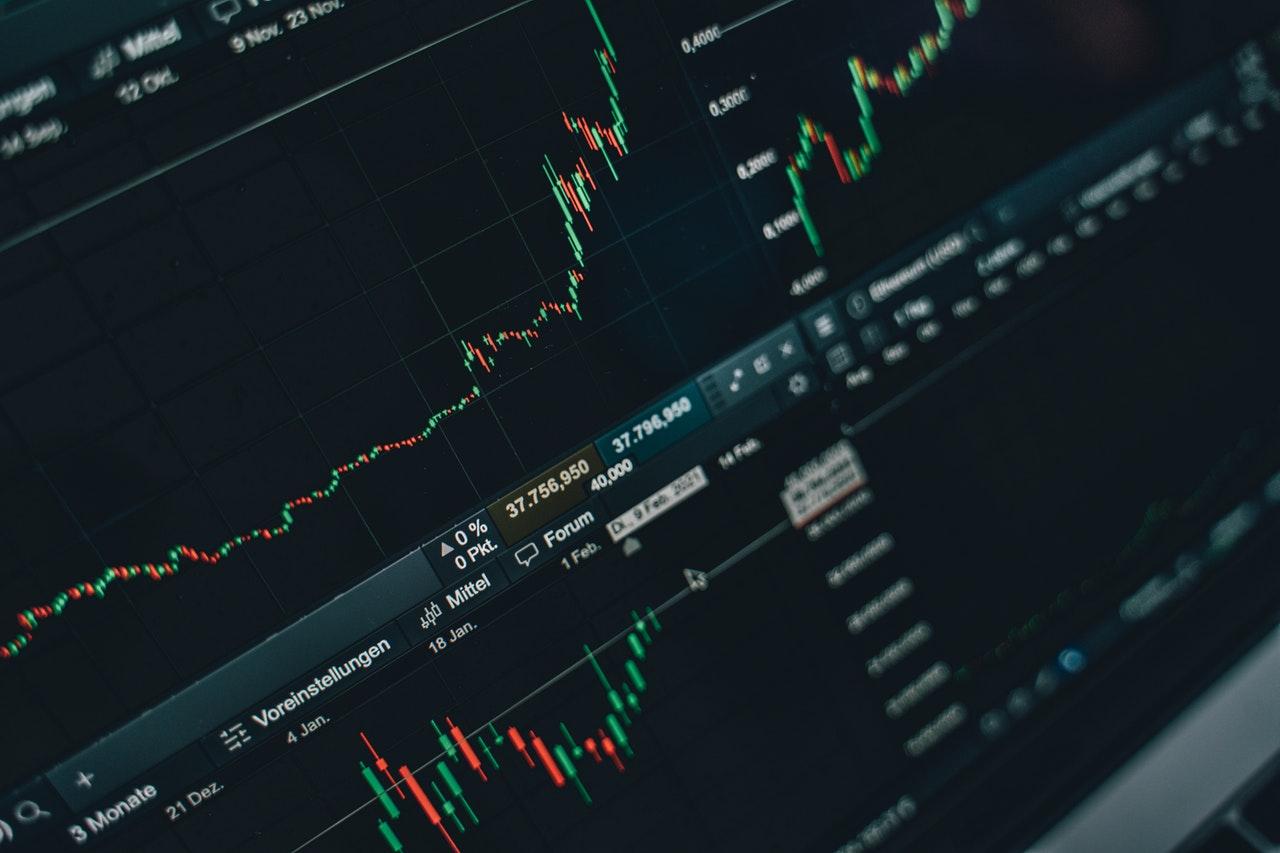
While it can be hard to quantify the true value of the globe’s stock markets, the world’s market capitalization value was thought to have peaked at $91.9 trillion at the end of 2020.
This is indicative of prolific trading activity, with stocks and shares among the most widely traded assets in the world. However, stocks are also deceptively volatile, while their real-time prices are impacted by a broad range of geopolitical and macroeconomic factors.
Take interest rates, for example, which in simple terms refer to the cost an individual or entity pays for the use of somebody else’s capital. But how exactly do interest rates affect the stock market? Let’s find out.
Table of Contents
Throughout the developed world, countries such as the US and UK have central banks that set their monetary policy. This includes establishing a base rate of interest, which is then applied by banks across a variety of products such as savings, loans, and mortgages.
The base rate is usually reviewed on a quarterly basis as part of wider monetary policy meetings, while it will often be adjusted to help combat specific economic challenges.
During the coronavirus pandemic, for example, both the UK and the US slashed their base interest rates to record lows to help drive quantitative easing measures and reduce the total cost of borrowing. In the UK, the base rate was slashed to just 0.01% during this period, before being hiked three times in four months at the beginning of 2022 to reach 0.75%.
Interestingly, the sudden increase was at least partially due to the rampant inflation that has recently spread across Europe and the US. There’s a strong correlation between inflation and interest rates, with the latter often increased to help offset the rising cost of living.
As inflation rises, lenders also tend to demand higher rates of interest to compensate for the decrease in purchasing power. This creates a delicate and precarious economic balance and one that often has a negative impact on shareholders and households alike.
We’ll touch more on this later in the piece, but when central banks or the Federal Reserve implement a change in the base rate, it typically takes up to 12 months for the wider economy to take note.
However, the stock markets tend to react much quicker, creating a significant challenge for investors who hold a significant portion of their capital inequities.
As a general rule, the changing base rate affects stocks in the same way that it does the wider economy.
More specifically, a hike in the base rate causes borrowing to become more expensive across the board, impacting businesses directly and potentially making it harder for them to raise funds and grow at the desired pace.
In this respect, the decision to increase a country’s base interest rate has a ripple effect that moves throughout the economy, starting with the increased cost of borrowing for leading financial institutions.
Such entities then hike their own interest rates to absorb increased borrowing costs, impacting everyone from individuals who are applying for a mortgage to businesses that want to raise funds and invest in near-term growth.
If the interest rate remains high or continues to creep up incrementally over time, customers and households will also see the total cost of their monthly bills soar. This leaves them with considerably less disposable income and discretionary spending money, directly undermining consumer confidence and the ability of individuals to reinvest their cash into the economy.
The upshot of this is that company sales and profits decrease over an extended period of time, with margins particularly squeezed by declining consumer demand and the much higher cost of borrowing.
This translates into reduced company valuations and stock prices, which is bad news for investors who adopt a traditional buy-and-hold investment strategy.
Fortunately, there are some steps that you can take to minimise your exposure to risk when trading stocks as interest rates soar.
One of your best options is to consider index futures trading, which enables you to enact a futures contract on a national or sectoral index (such as the NYSE or the FTSE100) and speculate on whether prices will rise or fall.
By targeting specific sectors or markets through index futures you can naturally diversify your portfolio and assume a consolidated view. This immediately minimises your exposure to risk, particularly as you don’t own or hold the underlying financial instrument (in this case physical shares).
Because of this, index futures trading enables you to go both long and short with your investments, creating a scenario where you can profit even as share prices depreciate. This can be worth its weight in gold in the current market conditions, where interest rates continue to rise as a way of combating rampant inflation.
Remember, products such as index futures also allow you to trade with significantly lower margins, so it offers value in more ways than one at present.
Sunny Balwani is a renowned figure in technology, philanthropy, and entrepreneurship. His inspiring journey from…
One of the most interesting parts about signing up for an online casino is the…
Nestled in the heart of Southeast Asia lies the Philippines, a vibrant archipelago renowned for…
You've put together a business plan, found the ideal space for your venture, and already…
A business card is an essential part of your business growth and marketing materials. It…